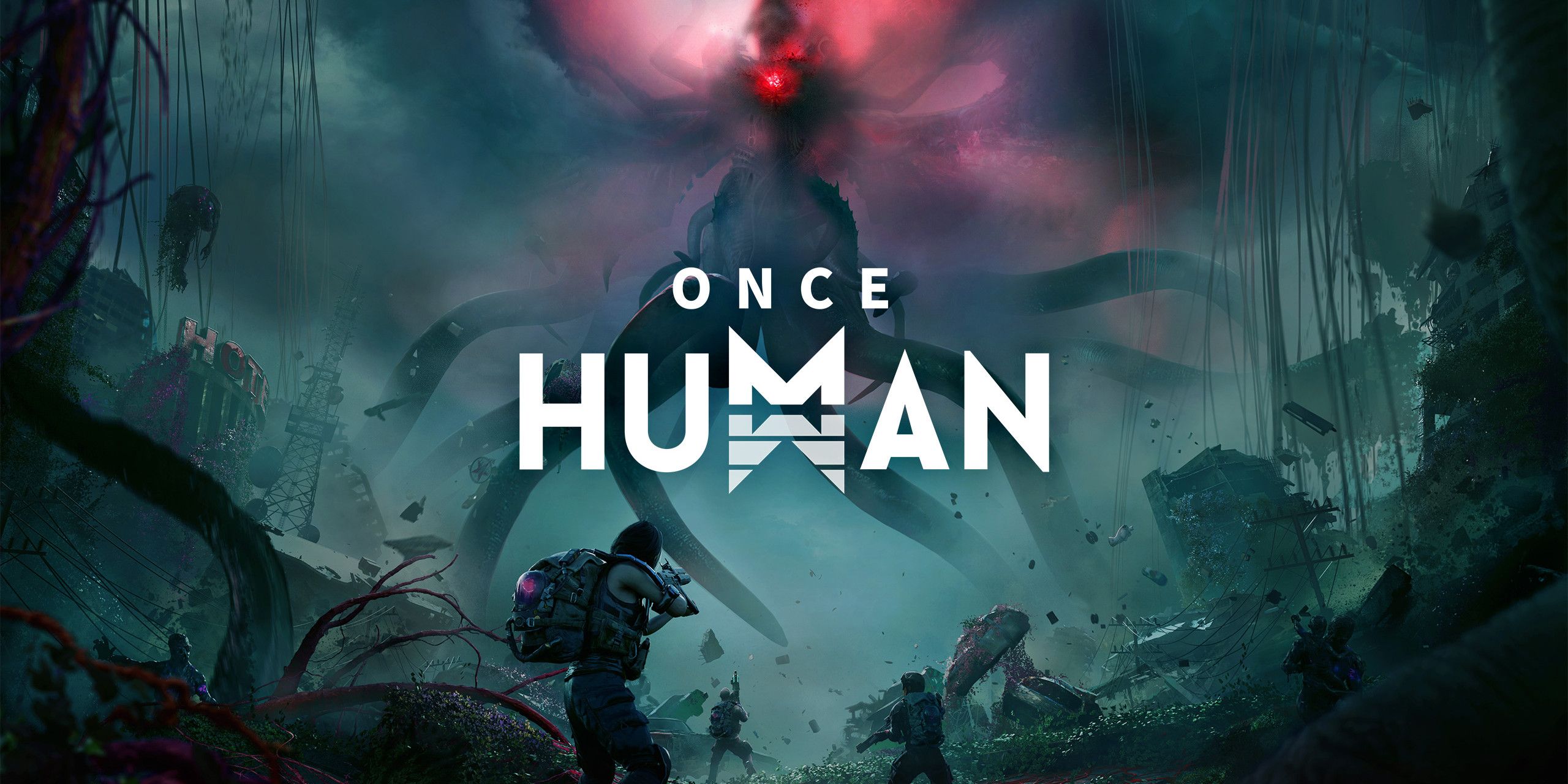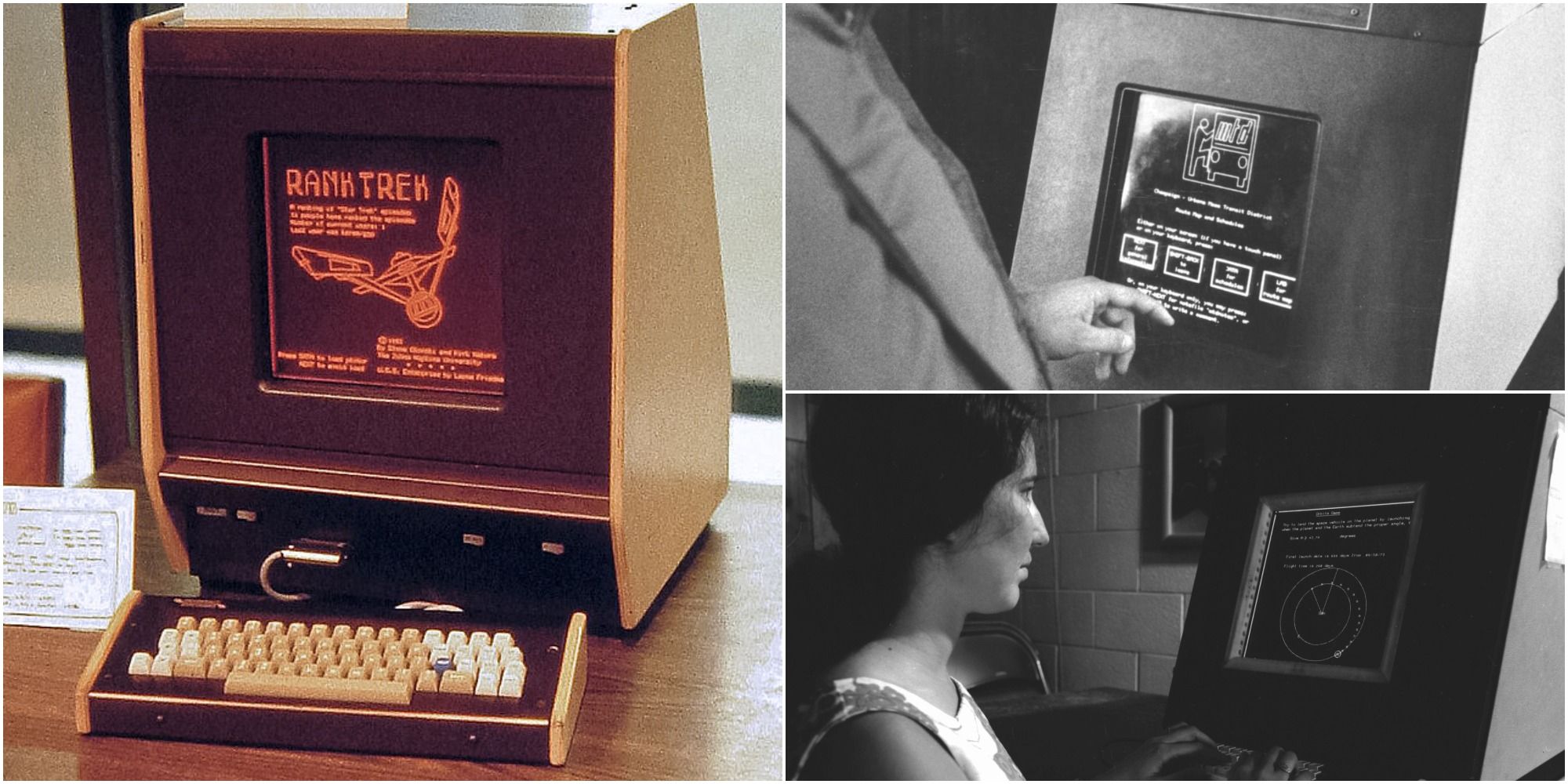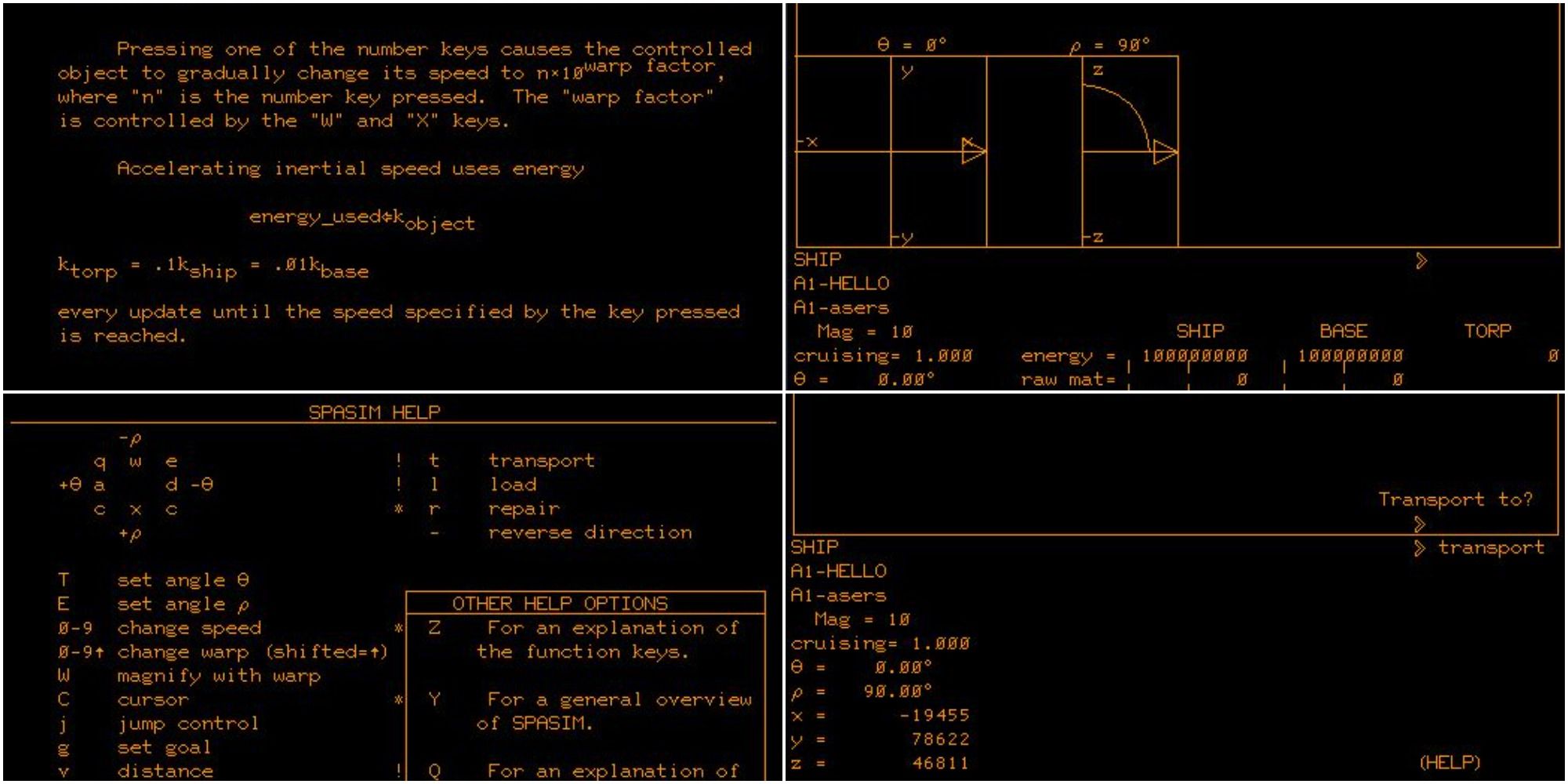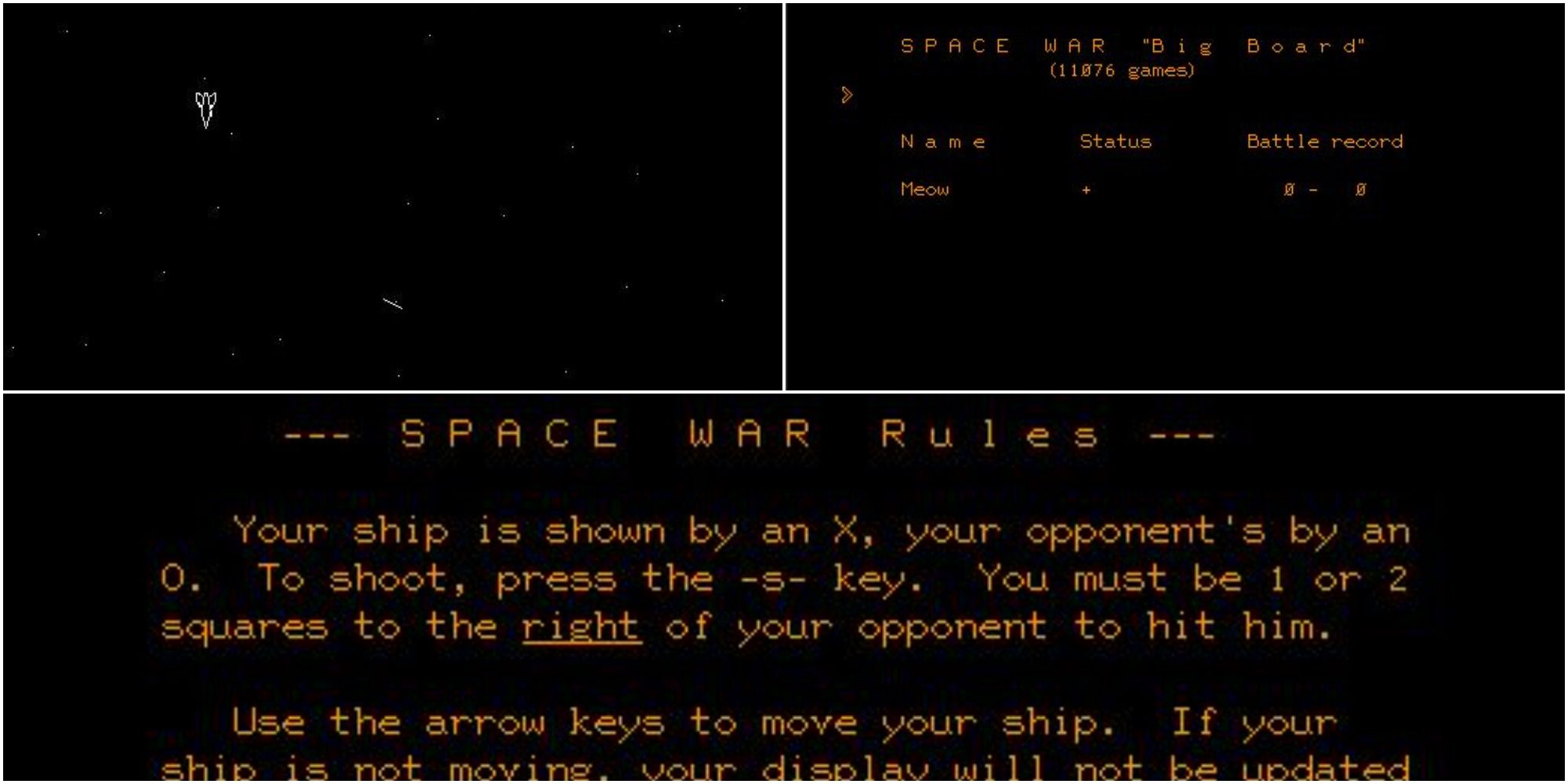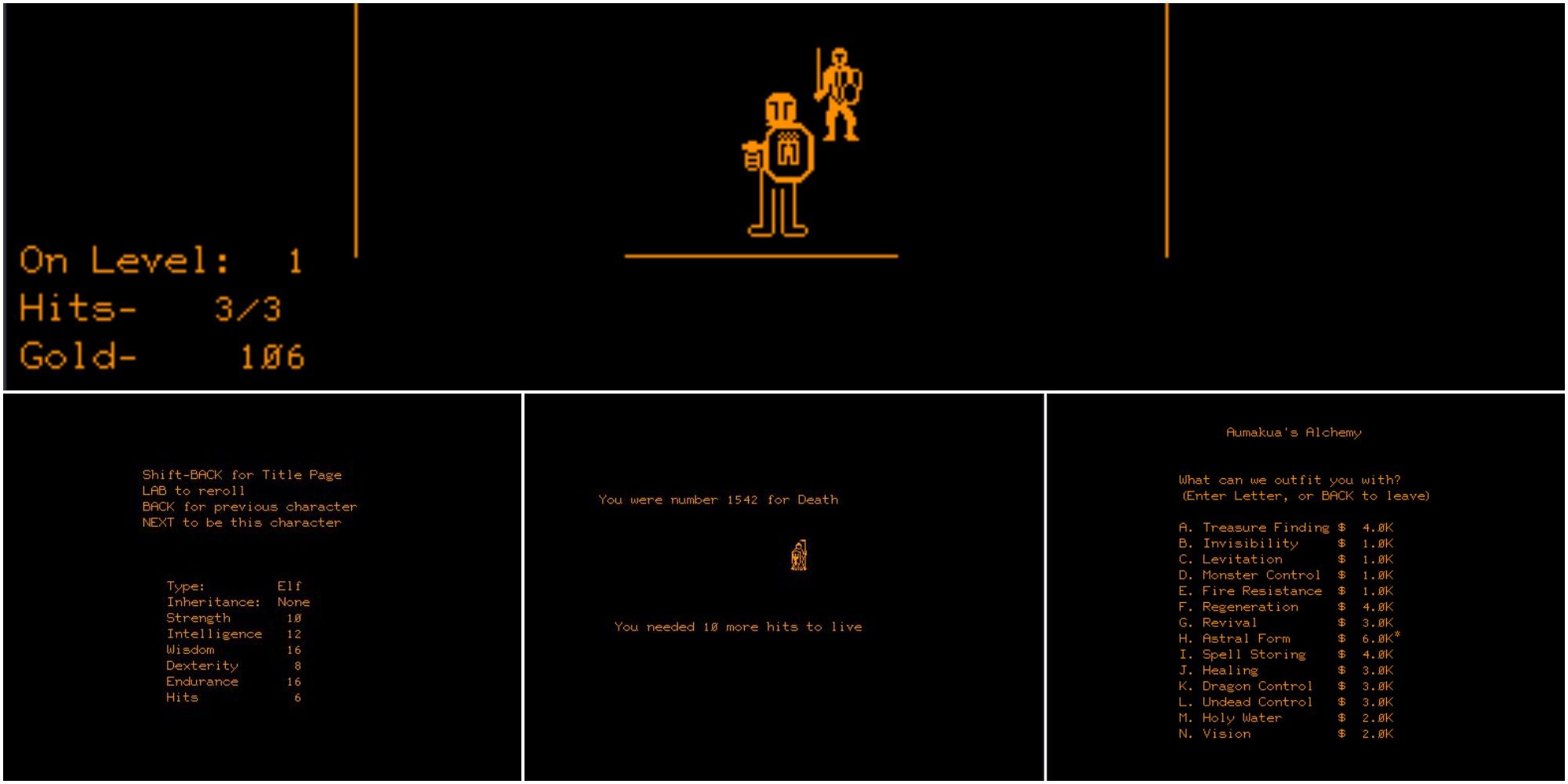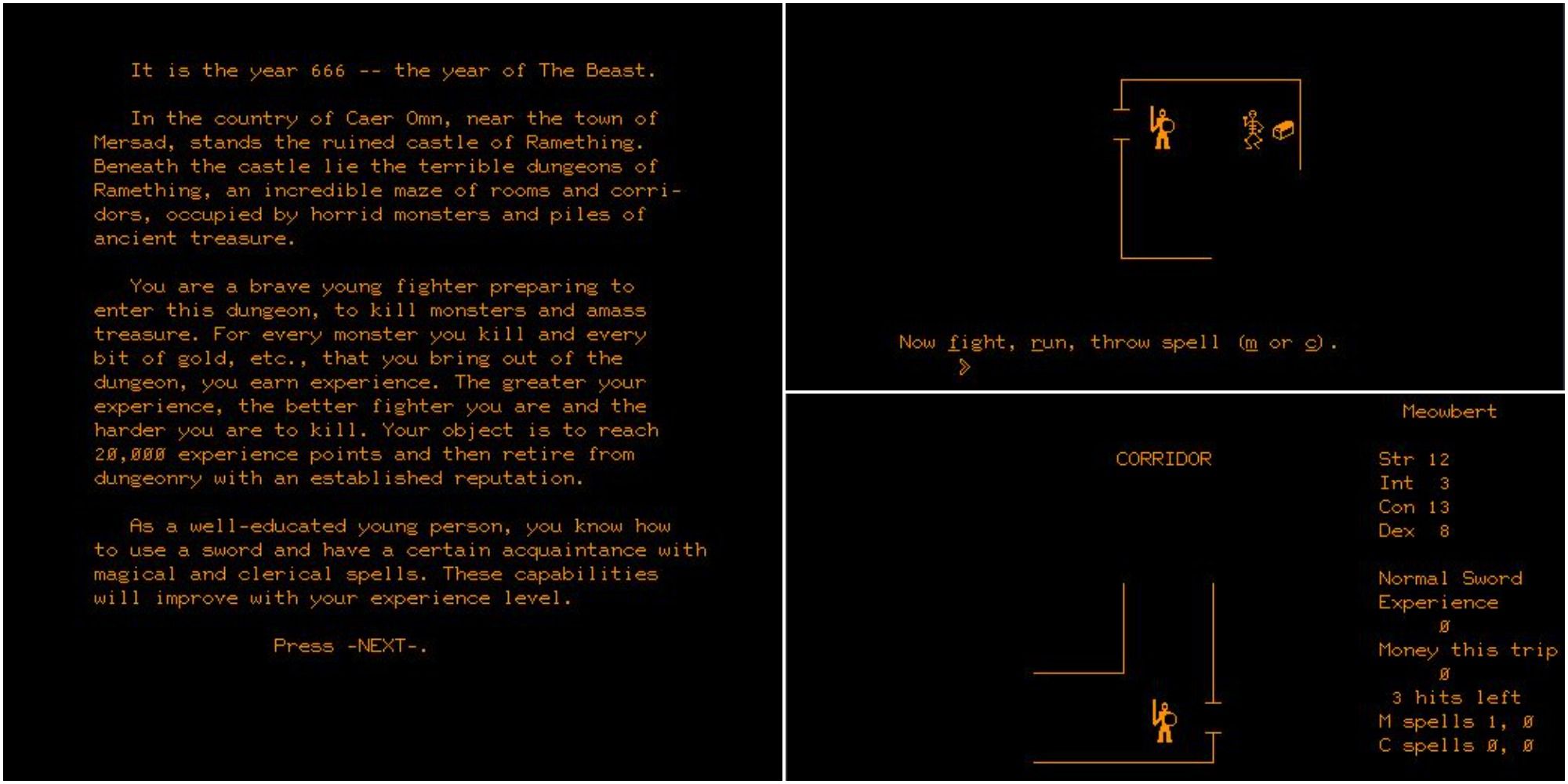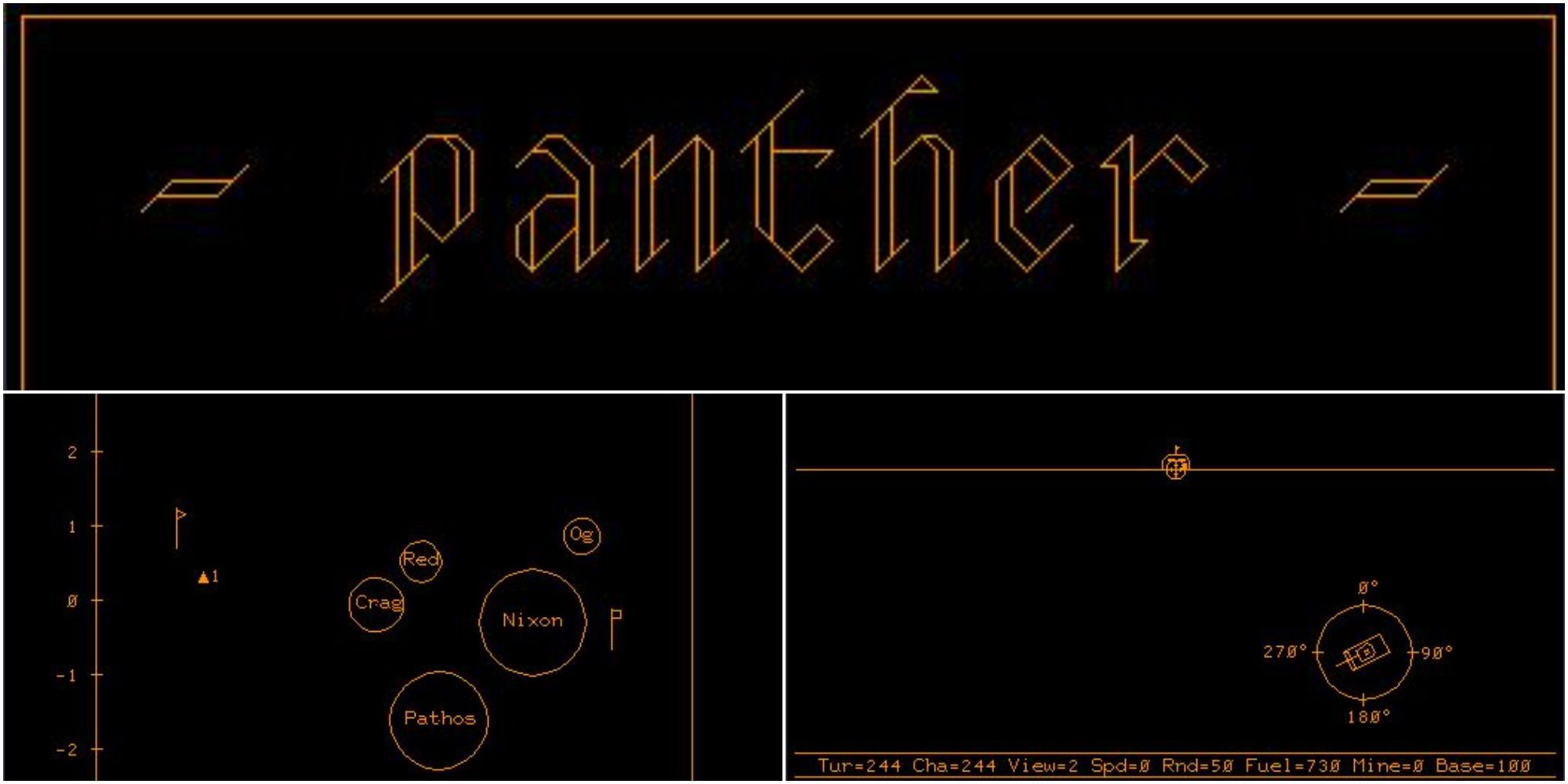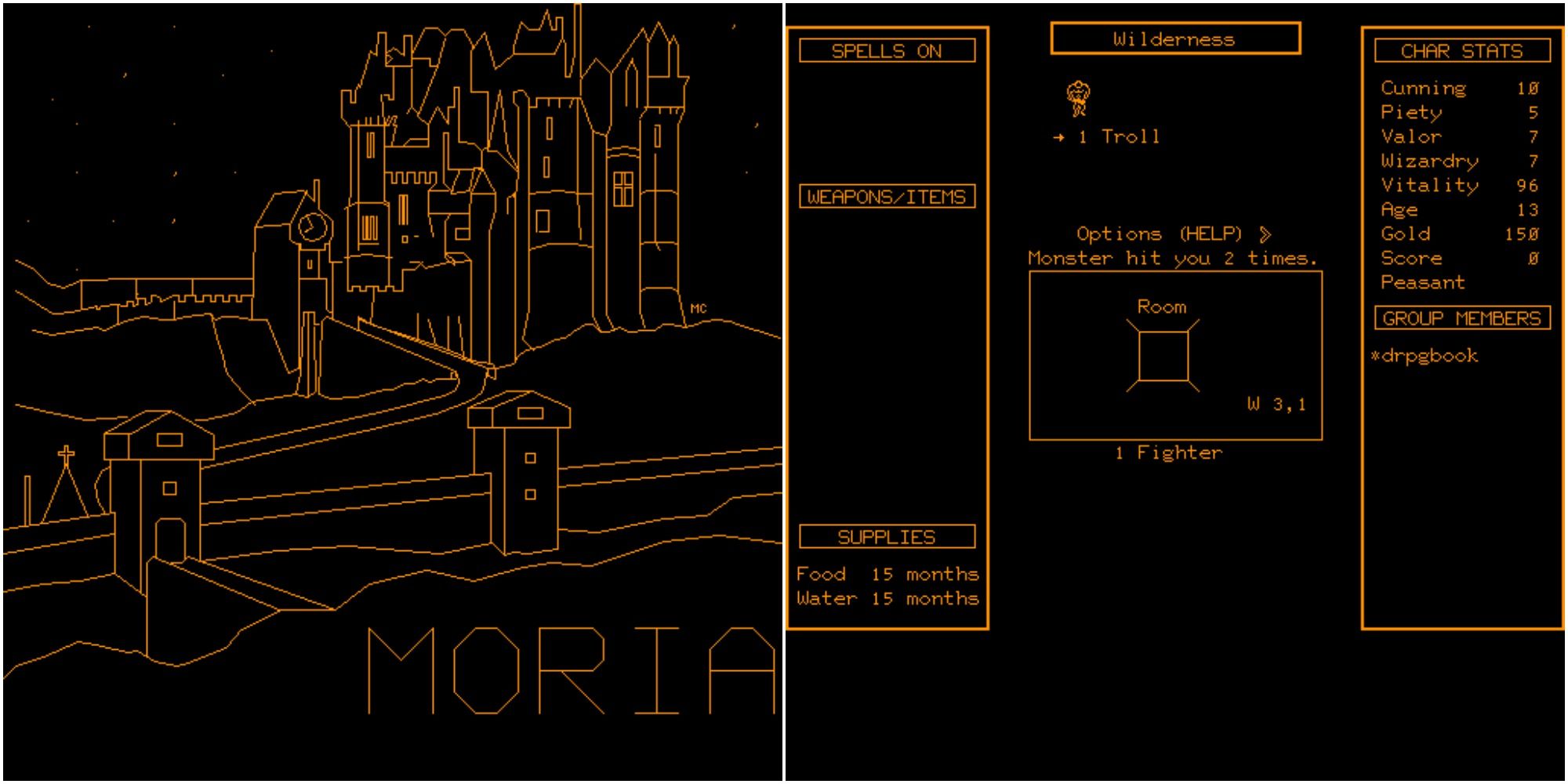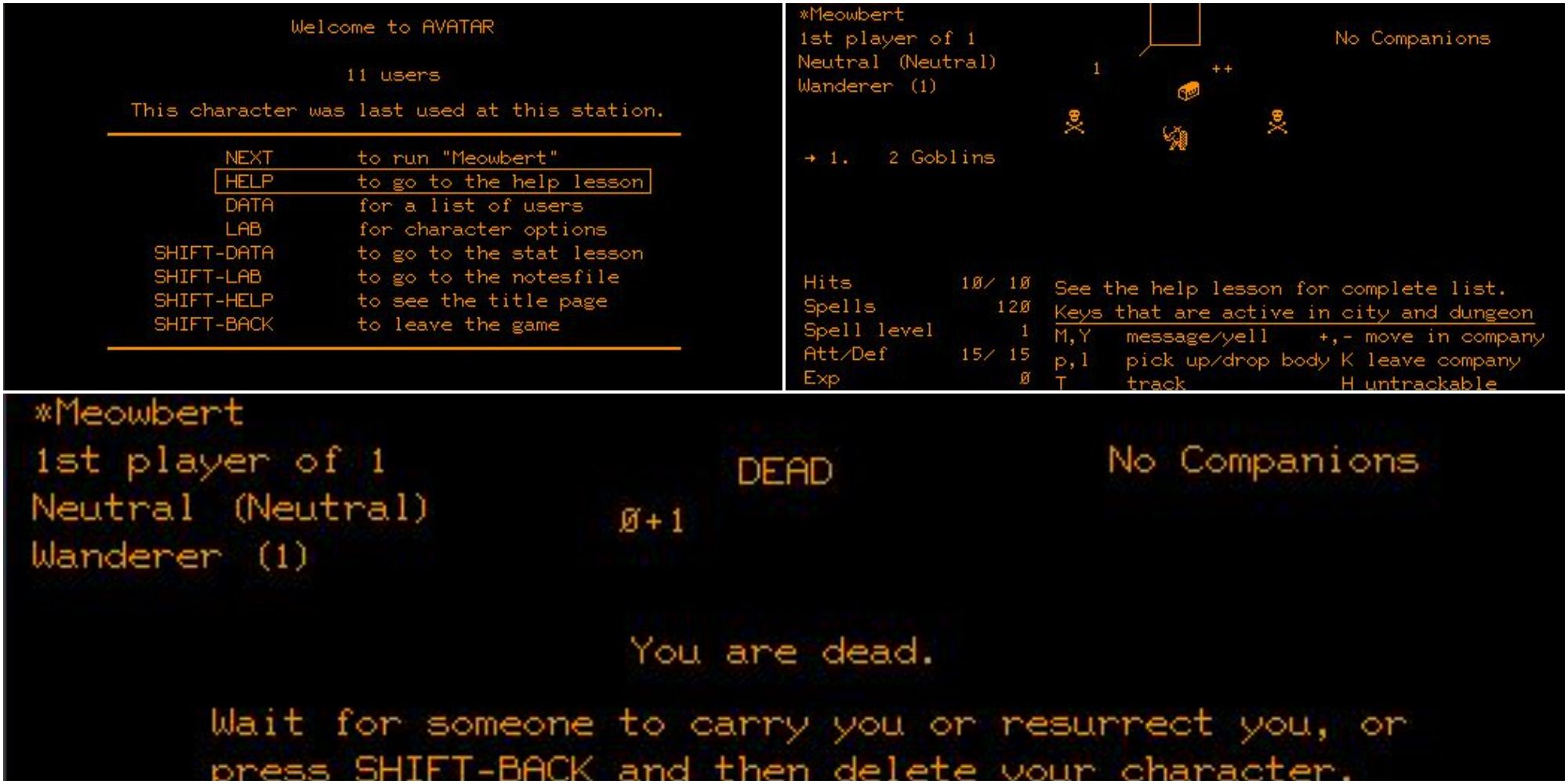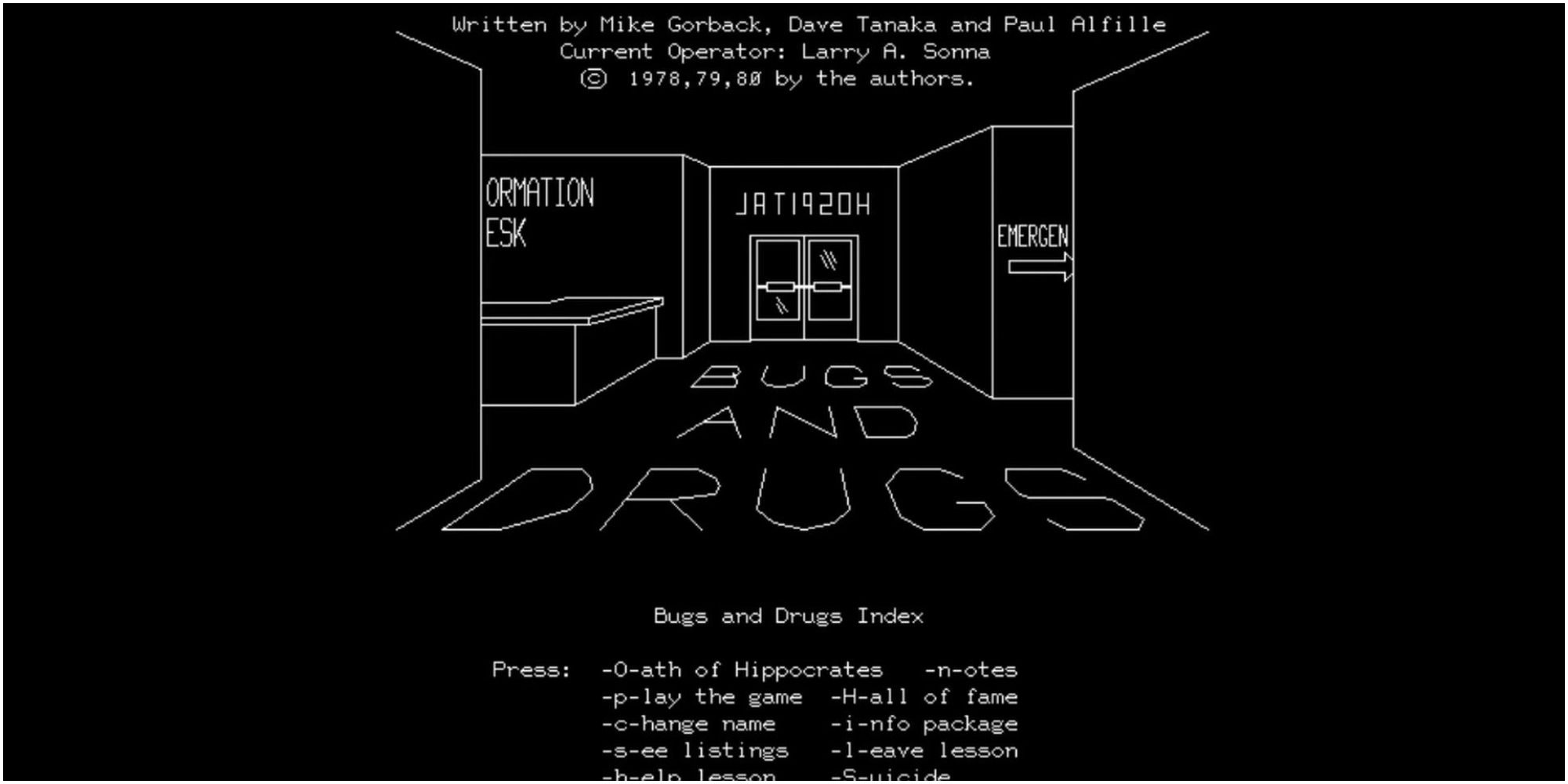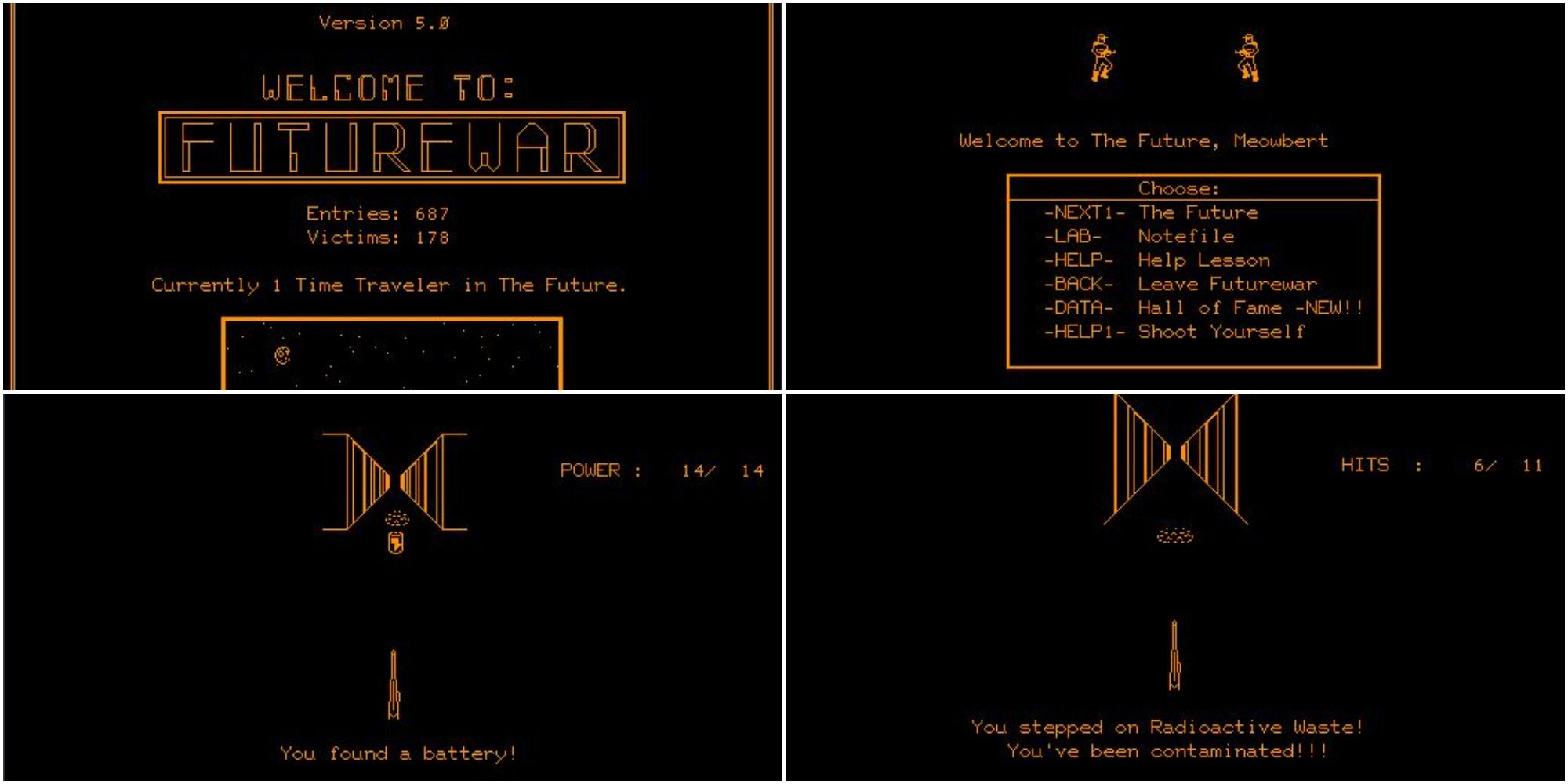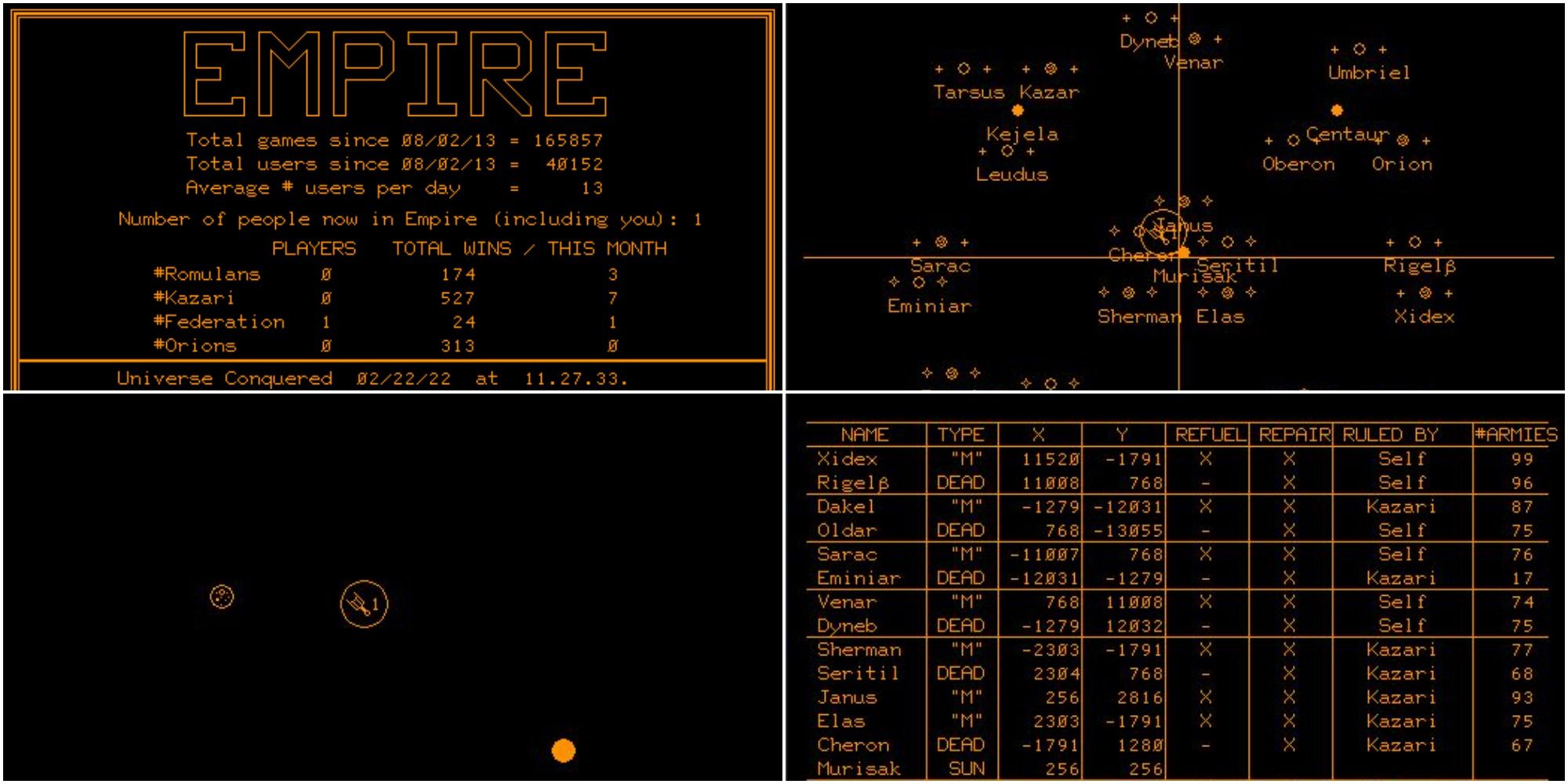Today, it’s easy to take for granted that WiFi or a single Ethernet cable can easily connect us to the internet at large. Back in the ‘70s, however, the concept of a consumer computer allowing interaction between people hundreds of miles away was far more novel. And among the tech that stood as a stepping stone, the PLATO System — an instruction system utilized on a phone-line connected series of computer terminals — not only took part in fostering the information age, but it has an important place in gaming history.
While the PLATO System is no longer supported by modern computers and old mainframe systems are difficult to obtain, many of these games live on through emulation. Notably, cyber1 serves as a way to enjoy these classic games that stood as the predecessor to modern MMOs like the newly released Lost Ark.
10 Spasim
Originally intended for academic settings, the PLATO system made the distribution of college coursework easy before the advent of GoogleDrive, Dropbox, and the like. But due to its graphical interface and user-friendly scripting language, many were able to use the system to create games.
Spasim, a space simulation game, was one of the early games to take off. Up to 32 players could join up and take part in large scale battles in a manner similar to modern 4X strategy games. Because it was developed on a learning platform, players also navigated in Cartesian coordinates and managed resources in the far stretches of the galaxy.
9 Orbit War
In the same year, 1974, another space battle game gained popularity on the PLATO system. What’s notable about Orbit War was that it was a remake of 1969’s Space War! Originally designed for the PDP-1 (and later for the Atari 2600) — another mainframe computer system that’s made its mark on gaming history — it allowed two players to face off in space dog fights.
Similar to Spasim, some versions of Orbit War also used real star charts and Newtonian physics to heighten its educational potential. Unfortunately, many games on the PLATO System were lost in history due to university administrators deleting what was deemed as a distraction. If only the admins then knew how games can often be educational.
8 dnd
With massive RPG releases coming out weekly, such as FromSoftware’s acclaimed Elden Ring, it’s easy to forget the genre’s humble beginnings. Many know the tabletop game Dungeons and Dragons either as the setting of video games like Baldur’s Gate or as a social experience to play with friends or online. But back in the 1970s, Dungeons and Dragons popularized the concept of a group of players taking on the role of adventurers and delving through dungeons to take on fearsome enemies for loot.
One of the first attempts to translate this concept on computer systems was Gary Wisenhunt and Ray Wood’s aptly named dnd. Other early role-playing games were removed from the system, but Wisenhunt and Woods used their position as students to advocate for dnd — allowing others to soon follow suit.
7 pedit5
While dnd paved the way for role-playing games, pedit5 is often named as the one that inspired them. Before Ultimaand later CRPGs such as Diablo came onto the scene, this Plato System RPG allowed up to 30 players to take on a single dungeon. Utilizing spells and skills familiar to those who know classic Dungeons and Dragons rulesets, players would fight until they amassed 20,000 experience points, at which point they would win the game.
Following its success and release, others followed suit, like Orthanc, which added more dungeons and monsters. Hardcore fans have continued to add to it in the modern day. Years after its release, updates such as an auto-map, more chat functionality, and additional monsters have been added to the game.
6 Panther
Tank simulators may not have gained popularity in the same way RPGs have, but 1975’s Panther still managed to make its mark on the genre. With first-person graphics projected in a wireframe style with a top-down mini map, this game influenced Atari’s Battlezone and other vehicular combat games such as the popular World of Tanks series.
Despite the limited hardware, Panther boasted a randomly generated map and team chat mechanics. Players had to team up with strategic tactics to win as resources were limited and one single shot was all it took to be defeated.
5 Moria
The stage was set with dungeon crawlers and first-person games prior, and Moria utilized both to create an RPG where players see the world around them through the aid of wire-frame graphics. Not only that but Moriaintroduced survival mechanics such as characters requiring food and water along with dying of old age.
Fans of the Lord of the Rings will instantly recognize a familiar name. While developer Kevet Duncombe wasn’t familiar with Tolkien's work prior to creating the game, Dirk Pellett — who worked on updates for dnd — suggested the name to him. It wouldn’t be the first time Middle Earth has been used as a source of inspiration.
4 Avatar
Taking elements from those before it, Avatar pushed the RPG genre on the PLATO System even further. Not to be mistaken for the animated series or the James Cameron film, 1979’s Avatar supported up to 60 players with a global messaging system and a sprawling world. Utilizing features from previous dungeon crawlers on this list as well as the hack-and-slash game Oubliette, it was another leap for the MUD genre — a precursor to MMOs.
Featuring more group play than its predecessors, this PLATO System RPG allowed players to join guilds that handed out quests to overcome grueling challenges. Just because it was possible to clear dungeons solo didn’t mean it was advised. With limited spell slots — and specialized schools to choose from — players needed a whole party of decked-out adventurers to take on the world’s toughest foes.
3 Bugs ‘N Drugs
Unfortunately, not all games survived the ‘70s to make it to an era where emulation archives forgotten gems. One of many is Bugs ‘N Drugs, a game unique among a list of vehicular combat sims and dungeon crawlers. Set in a modern-day hospital instead of a cavernous dungeon, this RPG did something unique among its contemporaries.
Instead of typical rats and goblins, Bugs ‘N Drugs had players battling germs and bacteria. Wielding the correct antibiotics was the only way to take down foes as characters traversed a top-down maze. Perhaps one day a copy of this relic will be found or an aspiring game developer will make something inspired by it.
2 Futurewar
Other genres thrived on the PLATO System too. With all this talk of first-person games, it’s no wonder that an early first-person shooter made its way onto the system too. Set in a sci-fi world, Futurewar had players traversing a maze with only their trusty gun to take on each level’s monsters.
Those immediately reminded of DOOM aren’t too far off the mark either. Delving deeper down elevators in Futurewar’s levels will eventually lead players to Hell itself for a head-to-head fight with the devil. Whether DOOM took direct inspiration from Futurewar is unknown, but it certainly was a stepping stone for ‘90s FPS classics.
1 Empire
Dungeons and Dragons and Lord of the Rings fans learned of their favorite IPs influence in previous entries, but Star Trek fans haven’t been left out. 1972’s Empire not only was an early adapter that brought the sci-fi universe to the gaming sphere, but also led advancements in the 4X strategy genre.
It’s easy now to take for granted the ability to face off against hundreds of players building ships, gathering resources, and securing land. But Empire took the previous concept of multiplayer games, which was typically a one-on-one challenge, and scaled it up to a massive hub. With all of this in mind, it’s interesting to see how games will evolve in the future.

